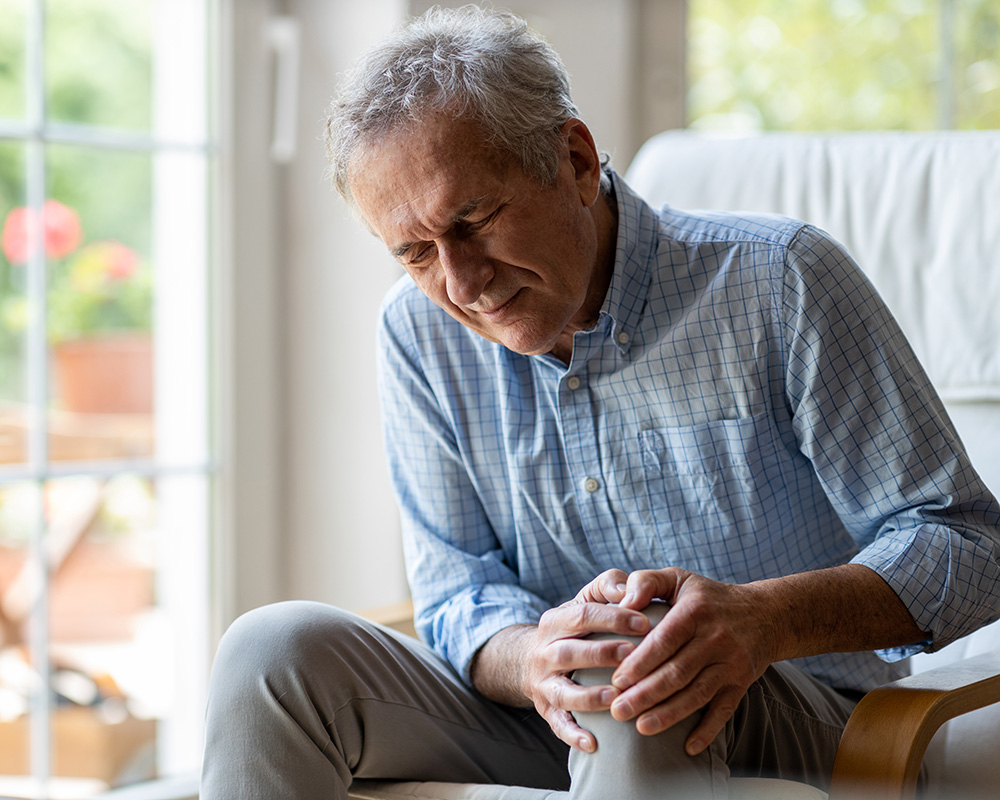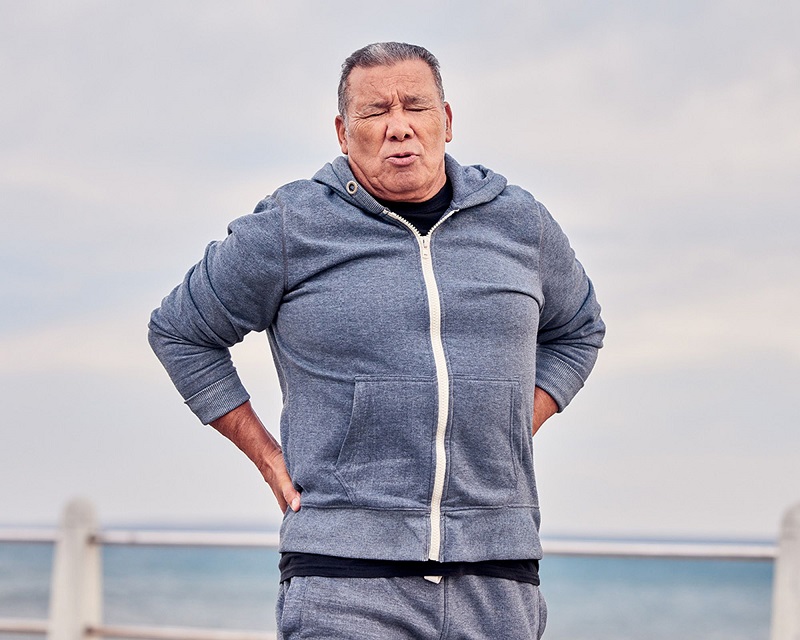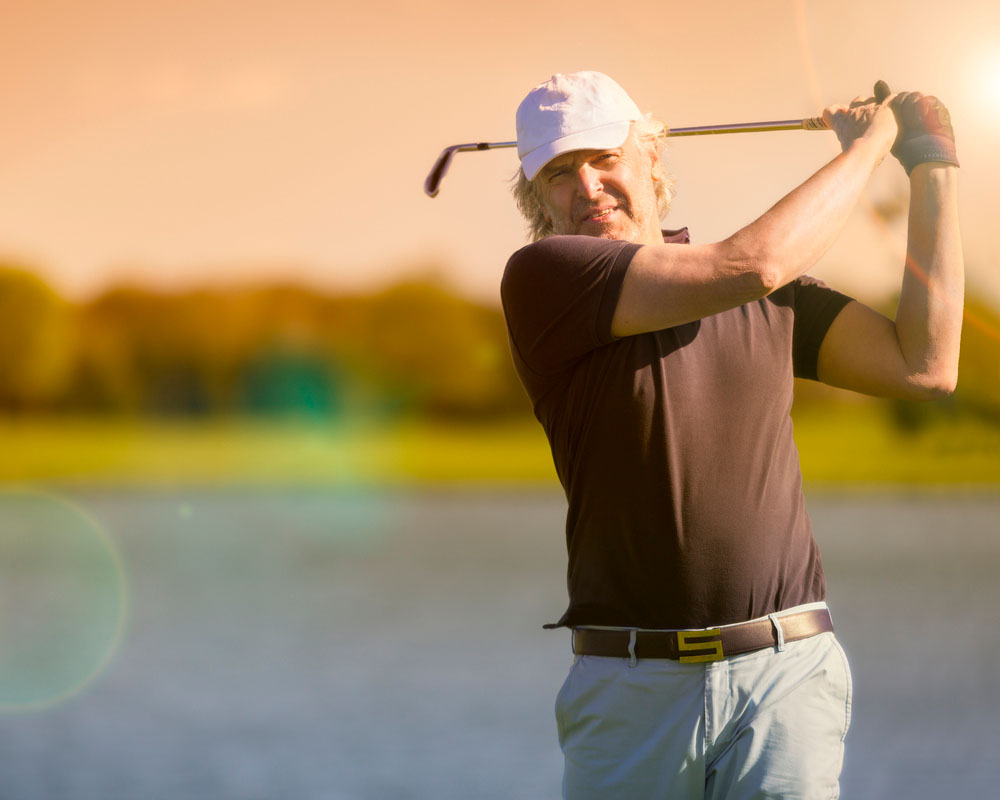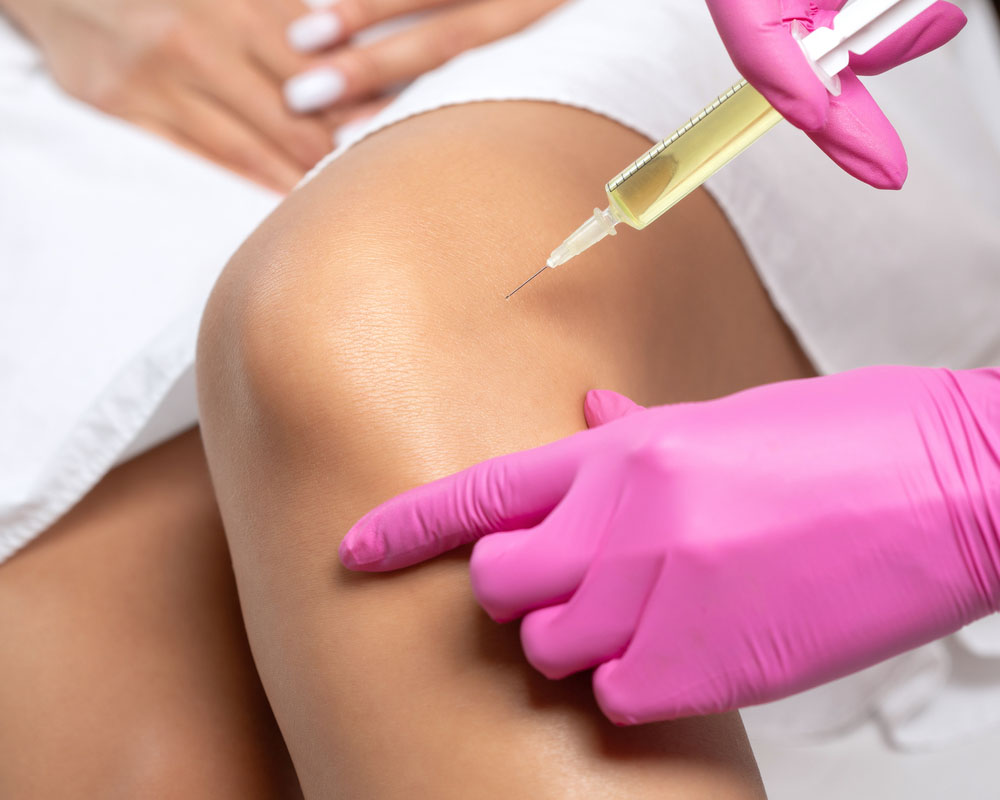Five Habits that Could Be Worsening Your Knee Pain

In This Article
-
What causes knee pain associated with osteoarthritis?
-
Five habits that increase knee pain
-
Final thoughts
For those of us with knee pain caused by osteoarthritis, we know it’s no joke. But, did you know there are probably one or more habits in your daily routine that could be making your knee pain worse? Whether we realize it or not, there are likely many activities, routines and even dietary preferences that contribute to osteoarthritis-related knee pain.
In this article, we highlight five ways you might be unintentionally undermining your treatments or making your osteoarthritis symptoms worse.
What causes knee pain associated with osteoarthritis?
To begin, it’s useful to review what actually causes knee pain related to osteoarthritis. Osteoarthritis is a degenerative disease of the articular cartilage that covers abutting bones in joints. In the knee joint, articular cartilage covers the lower end of the thigh bone (femur), the upper part of the shin bone (tibia), and the inner surface of the kneecap (patella).
Healthy articular cartilage is very tough and smooth enabling bones in the knee joint to slide past each other during normal movements without pain. However, repetitive movements related to sporting activities, hobbies, professional occupations, and plain old wear and tear can cause the cartilage to degrade. This slow degradation of the cartilage begins to expose the underlying bone which increases friction, reduces joint space, and causes inflammation and pain. Bone spurs or osteophytes often develop causing further inflammation, pain, and decreased range of motion.
Five habits that increase knee pain
So, you might think that taking anti-inflammatories like NSAIDs and refraining from running marathons is all you can do to help prevent your knee pain from worsening. However, there are many everyday activities and lifestyle choices that put undue pressure on the knees, increasing the load on the knees or increasing inflammation. This can all directly contribute to knee pain. Often times, we have been doing something for so long that it doesn’t enter into our awareness that what we are doing might actually be causing us more harm than good.
Here are a few common behaviors that increase knee pain:
Solutions: Talk to a doctor, physical therapist, or equivalent who can suggest exercises that increase flexibility and muscle strength to help avoid strain and further injury to the knee. Gardening, golf, tennis, for example, all involve kneeling, lunging, and twisting motions. Reduce time spent on these activities or get some help doing tasks can take put pressure on the knees.
ALSO READ: Regenerative Medicine: Non-Surgical Alternatives to Knee Surgery
Here are a few easy exercises to get you started:
-
Diet. We all have our guilty pleasures, but some foods aren’t compatible with already inflamed joints! Here’s a list of foods that can cause even more inflammation:
- Sugary foods
- Red meat
- Omega-6 fatty acids
- Alcohol
- Salt or MSG
-
Solutions: Eat more tomatoes, olive oil, nuts, avocados, peppers, mushrooms, and the following types of foods:
Green leafy vegetables: broccoli, cauliflower, Brussels sprouts, and kale are rich in sulforaphane, an antioxidant with anti-inflammatory properties.
Fresh fruits: strawberries, blue berries, raspberries, blackberries, and grapes contain anthocyanins that are antioxidants and anti-inflammatory.
Fatty fish: salmon, sardines, herring, mackerel, anchovies (watch out for salt content though) all contain omega-3 fatty acids which we breakdown into lipids called resolvins and protectins which are anti-inflammatory.
- Relaxing too much. We all love to pamper ourselves sometimes especially when we are in pain. However, taking it too easy is detrimental to healthy knee joints. A lack of exercise (sitting too much, for example) reduces your range of motion and increases stiffness and pain. “Use it or lose it!”
-
Solutions: Some exercise strengthens the articular cartilage in the knee. Even short walks to keep limber can lessen stiffness and pain. Talk to your doctor about appropriate and safe exercises. Here’s a few easy suggestions to start with:
- Balancing: Since ankle, knee, and hip stability is important to controlling how you move, being able to eventually balance on 1 leg for 30 seconds is a fantastic start. Hold on to a chair or other large object at first until you can do it unaided.
- Ankle Range of Motion. Rotate your ankles in circles, first in one direction then the next. Healthy ankles take less pressure off the knee joint.
- Carrying excess weight. Overeating is a bad habit many of us share. The more weight load-bearing joints must endure the more pain will be experienced, especially in the knees. Similarly, lifting objects that are too heavy and powering through the pain is terrible for your knees.
-
Solutions: Changing one’s diet and reducing serving proportions over time while getting some exercise can help a lot to reduce knee pain. Get help with lifting and moving heavy objects or use a dolly, hand-truck, cart etc.
- Improper footwear. We are creatures of habit and that extends to our fashion sense. However, your favorite shoe style may be compounding an already painful condition. Old, ill-fitting shoes (including high heels), or shoes that don’t support the arch in the foot alter the mechanics of your gait putting pressure on the toes, knees, and hips. This can mean significant knee pain for someone with osteoarthritis.
-
Solutions: Buying a shoe with proper support is critical to prevent knee, foot, leg, and back pain. Orthopedic shoes or inserts can be customized and take significant pressure off the knee. Things to look for in a good shoe: good arch support, ample room in the toe box, not be too tight or cramped, appropriate flexibility, and ample cushioning.
- Doing the wrong types of exercises. Many of our favorite hobbies and activities may be bad for the knees. Squatting, lunging, and running are three activities that can cause knee pain when done improperly.
- Glute Bridges - The knee is also connected to the hip, strong glutes help stabilize the hip which helps the knee.
- Step Ups and Step Downs
- Walking Backwards, or "Retro Walking" - This sounds absolutely ridiculous, but it is a great way to start developing underused muscles and start rehabbing a knee. The journal of Biomechanics compared forward and reverse running and found it helped to reduce knee pain more than running forward. You also can't cheat on posture and biomechanics as easily as walking forwards.
-
Final thoughts
Hopefully, the information in this article will help you identify and change some habits that may have been contributing to your osteoarthritis-related knee pain. Remember, it’s you should always consult with a doctor, dietician, or other health professional before starting new exercise routines or diets as these changes could affect other health issues you may have.
StemX treats knee and other joint pain caused by osteoarthritis using cutting edge Regenerative Medicine approaches. For more information on StemX’s Regenerative Medicine Therapies or to schedule an appointment, please see our website or call us at 858-228-4189.
Recent Posts

BMI and Weight Loss: Understanding the Impact on Health
Body Mass Index (BMI) serves as a widely used tool for assessing weight status relative to height, offering valuable insights

Faqs About Regenerative Medicine and Stem Cell Treatment
Common-faqs-regenerative-medicines-and-stemcell-treatment

Regenerative Medicine Treatments for Tennis and Golfer’s Elbow
Overuse and repetitive contractions of the muscles and tendons of the forearm ...

Cortisone Shots vs Regenerative Medicine Injections
Conventional treatments for joint pain often end up with long-term administration of cortisone shots, a powerful corticosteroid



